Post by theshee on May 30, 2011 4:42:40 GMT 10

For eleven years an enigmatic, 11 feet long boulder has been on display in the Hall of Ancients in the Funk Heritage Museum on the campus of Reinhardt University. Thousands of people viewed the boulder. All thought it was something very “special.” Few visitors could make sense out of the concentric rings, circles with crosses, stars and something that looks like a dogwood flower or primitive rose. These carved symbols are known to archaeologists as petroglyphs.
In 2008, Dr, Joseph Kitchens, Director of the Funk Museum, became determined to discover the meaning of the boulder in the heart of his museum. He began contacting archaeologists, petroglyph experts, and Native American scholars in hope of finding an answer. Although he modestly denies it, Kitchens himself, became knowledgeable on the petroglyphs of the Southern Highlands in the process of seeking answers to his own questions. He stated that one of his dreams is obtain more petroglyphic boulders that are now exposed to the elements, and put them safely on display in the Funk Museum.
One petroglyph consultant wrote a report interpreting the petroglyphs as being symbols associated with the Canaanite god, Baal. Another consultant interpreted the boulder as a star chart. It may be a star chart, but the researcher could not determine for which two nights of the year, the star chart would be accurate. Another expert decided that the boulder was a map of Cherokee towns. The only problem is that Cherokees did not arrive in the region where the boulder was found until after the American Revolution. Only a couple hundred Cherokees lived within 20 miles of this boulder and they did not live in towns. The petroglyphs appear to date from long before the 1700s, anyway.
In early 2011, Kitchens made contact with two organizations that were composed of innovative, but serious researchers. The American Petroglyphic Society is composed primarily of scientists and archaeologists. Its past focus has often been the petroglyphs of the Southwestern Desert, but more recently interest as spread to all of the Americas. Kitchens, also contacted several members of the People of One Fire, an alliance of Native American scholars (and their friends.) Members of the Society of Georgia Archaeology have researched some of the petroglyph boulders discovered in northern Georgia.
The Creek Indians have lived in Georgia for at least 2,200 years. Their ancestors built the state's famous mounds. Creek scholars told Kitchens that most of the designs on the Reinhardt boulder were not now part of their artistic tradition, and that in the past, the Creeks were more into carving realistic stone statues, not petroglyphs. They did notice a small cross within a circle, which is an important religious symbol for both the Creeks and the Yuchi's.
The Yuchi Indians have probably lived in Georgia at least several hundred years longer than the Creeks. Yuchi's in Oklahoma and Virginia sent word to Kitchens that the concentric circles WERE part of their artistic tradition. They symbolized "time portals" or "star gates." One mentioned a realistic stone tablet found in southeastern Tennessee, which he thought portrayed a Yuchi soldiers wearing a kilt with concentric circles on it.
Broadening the scope of the research to a national scale has resulted in the riddle of the Reinhardt Boulder finally being solved this week. North American researchers studied information and photographs on a Northern Irish website, www.IrishMegaliths.org.uk. This web site contains beautiful photography by Ken Williams of Ireland.
Williams' photographs describe petroglyphic boulders in western Ireland that are almost identical to petroglyphic boulders in the northern part of the State of Georgia. There is a boulder on the Dingle Peninsula of County Kerry that has the same glyphs as the Reinhardt boulder and is approximately the same size. The Reinhardt Boulders’ concentric circles are a common theme of petroglyphic boulders all along the western Irish coast. However, the answer to the riddle of the Reinhardt Petroglyph has created many more questions about North America’s history before Christopher Columbus’s voyages.
The petroglyphs on the Reinhardt Boulder are identical to those found on boulders along the Atlantic Coast of Ireland that date from the Early Bronze Age. The Irish petroglyphs were carved by non-Celts at least 1,500 to 500 years before the use of a unique form of Celtic writing, known as the Ogam Script. Irish researchers are not certain of the original meaning of the concentric circles, but many of the petroglyphs seem associated with graves.
Recent research in Canada, England and Wales have provided evidence of a Pan-Atlantic culture that thrived from around 4,000 BC to 1,600 BC. For 30 years, Professor Gordon Freeman of the University of Alberta studied the hundreds of stone circles of the Canadian Prairie Provinces. He then shifted his research to stone circle sites in Wales and western England. The surprising results of his work have proved that there were “Stonehenge-like” observatories in North America at least 500 years before they appeared in Great Britain and Ireland. The earliest stonehenges on both islands are identical to the older ones in Canada.
During the Neolithic (New Stone) Age and Bronze Age, Ireland and Britain were not inhabited by Celts. At the time of the Roman conquest of southern Britain, northern Scotland and the western edge of Ireland were still occupied by indigenous peoples. The Irish Celts called them Fomhoire, which means “from the sea.” They were described as having black hair, dark bronze skin and faces very different from either Northern Europeans or the Romans. They apparently resembled American Indians. These peoples were also portrayed by the Irish Celts and Romans as being expert sailors, who regularly made long voyages to fish, hunt seal & whales or trade.
Even during the Bronze Age, tribes living on the fringe of Europe possessed very few bronze tools or weapons. They might have traded copper to the more advanced societies farther south, but the bronze was smelted elsewhere. The stone tools and weapons of the non-Celtic Irish would have looked little different than those of eastern North America at that time. Pottery in both regions would have been made by hand.
The name of County Kerry is the English version of the Gaelic place name Ciarrai. Ciarrai is derived from the Old Gaelic name, Ciarraighe, or “People of Ciar.” It was an indigenous tribe that occupied the southwestern extreme of Ireland after most of Ireland’s indigenous peoples had been replaced or absorbed by the Celts. “Ciar” means black or dark brown. The word is still used in modern Irish for a person with dark complexion, like Native Americans. The original Ciar left County Kerry and migrated to an unknown land.
The first Celts arrived in Ulster (Northern Ireland) around 700 BC. More Celtic tribes arrived around 500 BC, 300 BC and 100 BC. Researchers theorize that at some time around 400-300 BC, the Ciar People found themselves between “the Celts and the Deep Blue Sea.” The petroglyphs suggest that at least some found their way to North America. It is quite possible that they had already been sailing to North America to mine copper. Enormous, rectangular bricks of pure copper have been found in ancient copper mines near the Great Lakes. These bricks weigh several tons and therefore would be far too large to transport by canoe.
Genetic research sponsored by Trinity College in Dublin, Ireland has recently determined that at least some indigenous Irish women stayed and bore children with the Celts. The modern Irish not only carry Celtic DNA but also maternal DNA similar to remnant pre-Celtic populations in the Pyrenees Mountains of the Iberian Peninsula and a Pre-Scandinavian population that survives in the mountains between Norway and Sweden.
For decades, some archaeologists have observed that the copper ingots, tools and weapons of the Southeastern Indians were almost identical to their counterparts used in western and northern Europe during the Copper and Bronze Ages. The presence of identical petroglyphs in both Ireland and the State of Georgia might explain the similarity of copper artifacts. However, most archaeologists will not probably be fully convinced of contacts between North America and Ireland until human remains are found in the New World with burial artifacts that clearly came from the Old World.
www.examiner.com/architecture-design-in-national/new-evidence-links-early-bronze-age-ireland-to-the-southeastern-united-states





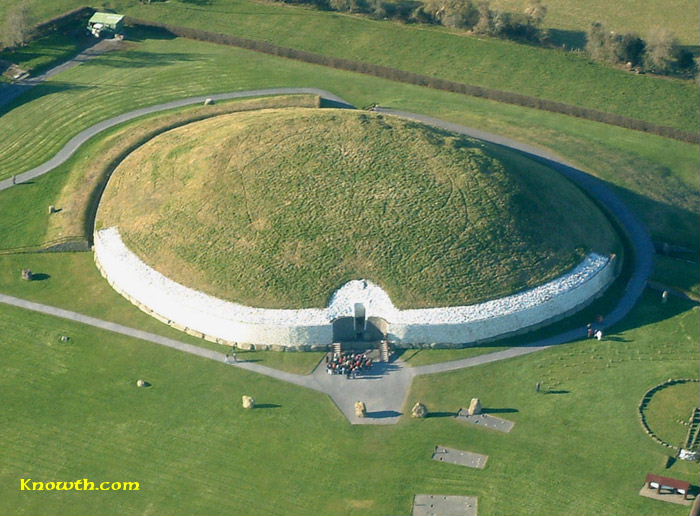

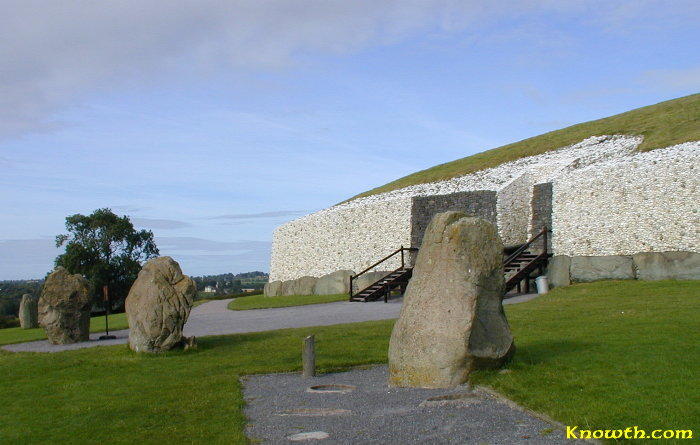
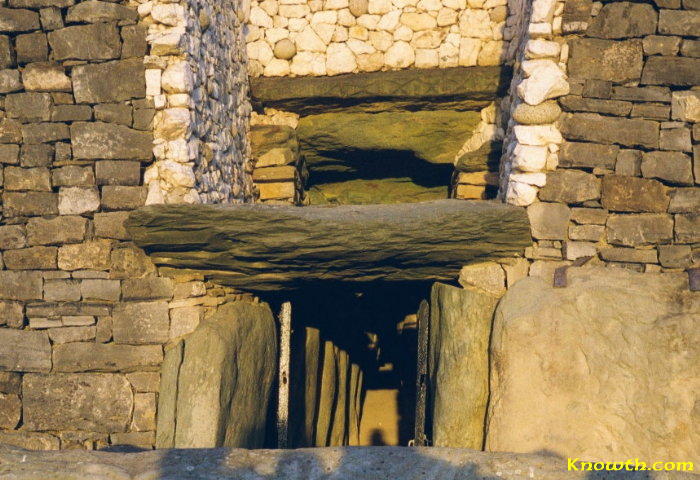
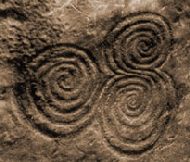
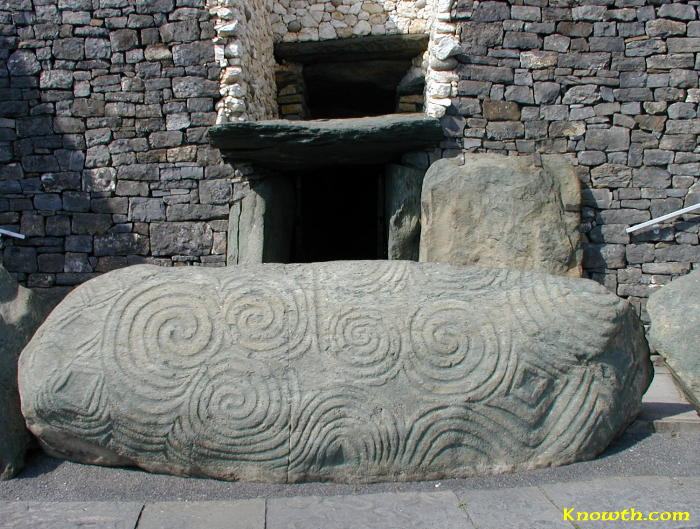


 Happy New Years Everybody!!!
Happy New Years Everybody!!!
